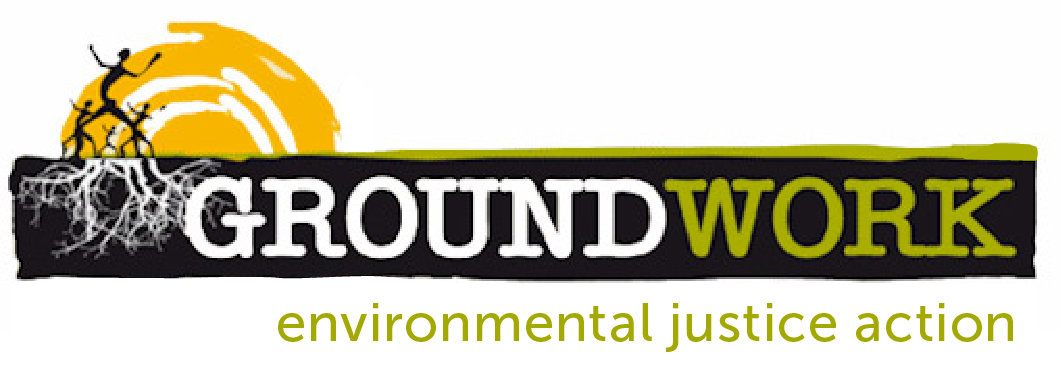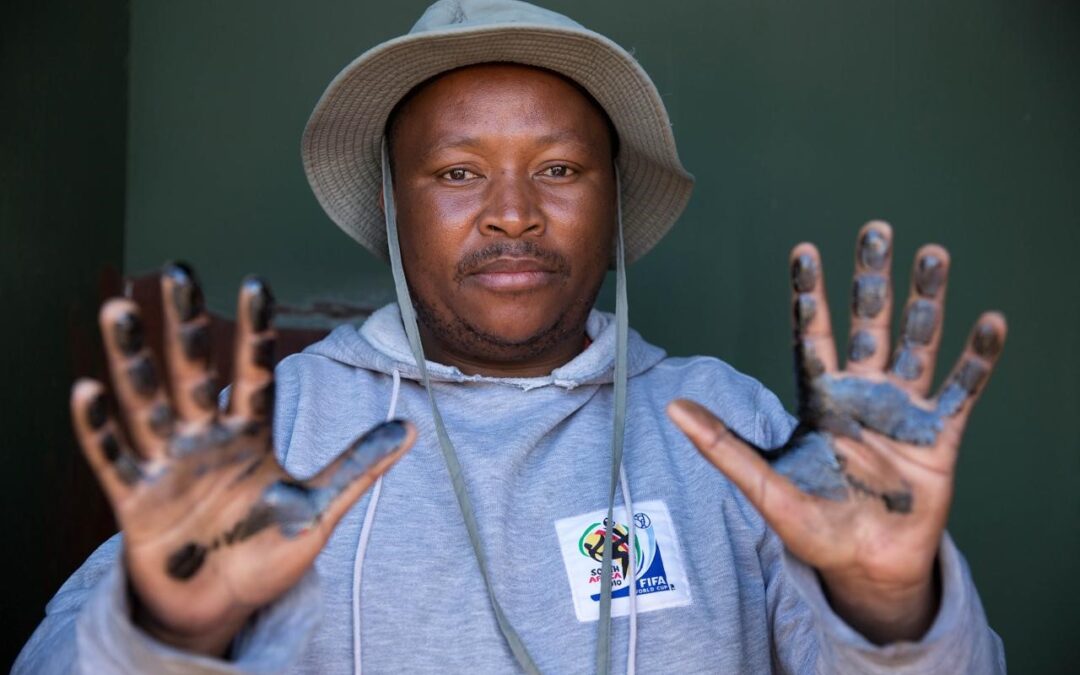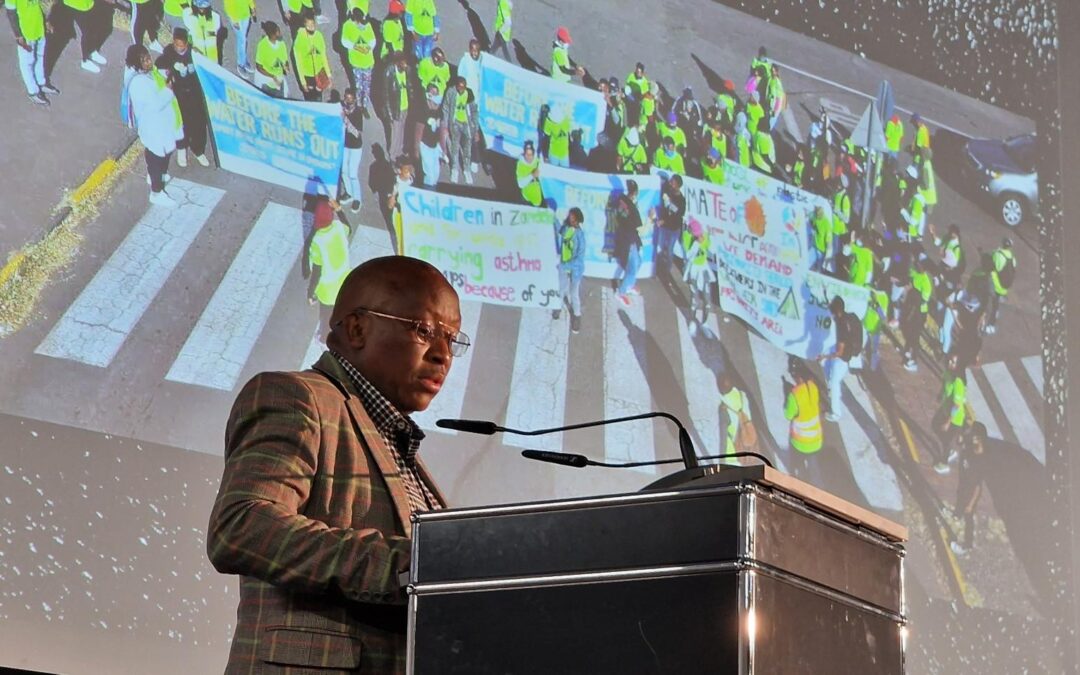
Read the submission in response to the INDC document here.
CLIMATE ‘CONTRIBUTIONS’ SPELL DISASTER FOR SOUTH AFRICA
Durban, South Africa, 27 August 2015 – In the lead up to the annual United Nations climate negotiations, the South African government has published its Intended Nationally Determined Contributions (INDC) discussion document [1], which states that South Africa is “firmly committed” to keeping global warming to less than 2˚C above pre-industrial levels. It adds that this target may be revised to “below 1.5˚C in light of emerging science, noting that global average temperature increase of 2˚C translates to up to 4˚C for South Africa by the end of the century”.
Today, in its submission [2] to the Department of Environmental Affairs in response to the INDC document, groundWork [3] states:
“Following climate scientist James Hansen, the 2˚C target is a recipe for disaster. With temperatures about 0.85˚C above pre-industrial levels, millions of people already experience climate change as disastrous. Intensified heatwaves, droughts and storms have affected all parts of the world. Already, the deaths of half a million people a year are directly attributable to climate change. That figure will rise steeply in the next decades.”
On present trends, the global temperature will pass the 2˚C mark well before 2050 – not the end of the century – and will rise to around 6˚C by the end of the century, which translates to between 8˚C and 12˚C for inland South Africa. Assuming all countries honour their pledges, global temperatures will rise to around 4˚C to over 6˚C for South Africa.
South Africa’s own pledge implies 4˚C. However, the international order, including the South African state, is likely to collapse long before that – probably at around the 2˚C mark or within the next 35 years.
The International Panel on Climate Change’s (IPCC) fifth assessment report (AR5) [4] defines a set of four scenarios called representative concentration pathways (RCP), namely RCPs 2.8, 4.5, 6.0 and 8.5:
- Only RCP 2.8 gives a reasonable chance of coming in under the 2˚C target in 2100 and even that likelihood fades if climate feedbacks are taken into account. It is less than likely to come in under 1.5˚C.
- RCP 4.5 results in a temperature rise of between 2˚C and 3˚C but may go to 4.5˚C with climate feedbacks.
- RCP 6.0 between 3˚C and 4˚C and up to 6˚C with feedbacks.
- RCP 8.5 results in a rise of between 4˚C and 5˚C and nearly 8˚C with feedbacks.
The INDC discussion document refers to only two of these pathways. It calls RCP 8.5 a ‘low mitigation scenario’ and RCP 4.5 a ‘high mitigation scenario’. Hence, it appears that the South African government does not take RCP 2.6 as a serious option and therefore has no firm commitment to keeping warming to less than 2˚C.
The INDC discussion document notes that poor people are most vulnerable to climate change. At the same time, it says that “zero poverty” and reduced inequality are government’s “over-riding” priorities and cites the National Development Plan (NDP) to that effect. The NDP, however, makes these goals dependent on GDP growth averaging 5.4% between 2010 and 2030.
According to Bobby Peek, Director of groundWork:
“This is not happening, is not going to happen and, if it were to happen, would not eliminate poverty and would likely increase inequality. Hence, we do not believe that government really has a priority for zero poverty. Rather, it is using poor people as an excuse to avoid determined mitigation and, in so doing, knowingly consigning them to death. The rich will follow the poor on the sorrowing road to death sooner than they think. This document represents the short term interests of a class that cannot believe that it will not get away with the destruction of earth.”
Adaptation is an unwelcome necessity but, without serious mitigation, adaptation will fail. In South Africa, it is already failing – even before it starts. Environmental integrity, including the relation of people to their environments, should be the foundation of adaptation because people’s well-being and the well-being of their environments, now and in the future, are intrinsically linked. In South Africa, to the contrary, the priority for capital has resulted in the wholesale destruction of environments as well as the impoverishment of people. The effect is to amplify climate impacts while undermining the resilience of both people and eco-systems.
The INDC discussion document sees both mitigation and adaptation in terms of economic sectors rather than people. For the most part, it appears as an attempt to save business-as-usual – that is, to save those industries responsible for both high emissions and environmental destruction.
It does not commit to stopping the expansion of coal-fired power stations and mines or to starting the necessary work of healing the ruined land, restoring the poisoned water catchments and cleaning the air people breathe.
It calls for a large investment in ‘carbon, capture and storage’ in order to benefit Sasol’s profits. It will capture only a third of the carbon emissions from the world’s dirtiest liquid fuels production process.
Furthermore, it calls for investments of about R4.5 trillion in “decarbonised electricity (renewable energy and nuclear power)”.
Nuclear is not ‘decarbonised’. Over the full production life-cycle, it emits three or four time more carbon than renewables. Uranium mining will add to the calamitous legacy of radioactive pollution across the Rand. Besides, it will devour money, starve out more affordable renewables, and finally bankrupt the country.
CONTACTS
Megan Lewis
Media and Communications Campaign Manager
(W): +27 (0) 33 342 5662
(M): +27 (0) 83 450 5541
(E):
Bobby Peek
Director
(W): +27 (0) 33 342 5662
(M): +27 (0) 82 464 1383
(E):
Michael E. Mann, Earth Will Cross the Climate Danger Threshold by 2036, Scientific American, 18 March 2014.
IPCC 2015, AR5, WG3, Table SPM 1.



